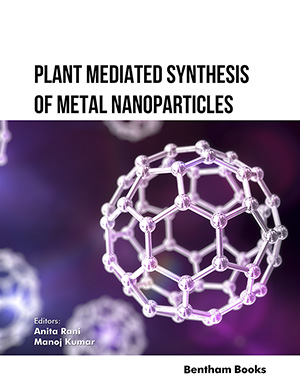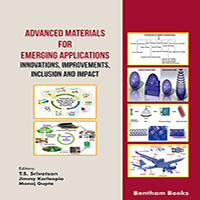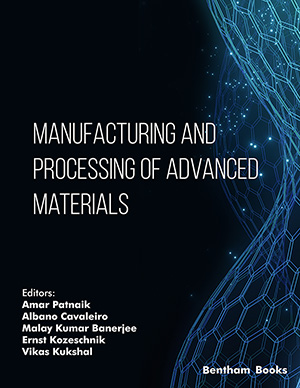Abstract
Background: High-density Fiberboards (HDF) are widely used as a substitute for solid wood in furniture, cabinet, construction materials, etc. Wood fibers are often used in the production of HDF but the use of renewable materials has gained worldwide interest brought about by global pressure to pursue sustainable development. An abundant source of renewable fibers that can be used to produce HDF is keratin from waste chicken feathers. The goal of the study is to investigate the use of keratin fibers in combination with wood fibers to produce HDF. No or limited studies have been conducted in this area and if successful, it could offer an alternative utilization for the billions of kilograms of waste feather produced by the poultry industry. HDF is a high volume feather utilization that can reduce pollution and help solve solid waste disposal problems in many countries.
Methods: A series of dry-formed HDFs containing varying ratios of wood and keratin fibers bonded by polyurethane resin were produced. The physical and mechanical properties of the HDFs were determined.
Results: The properties of the HDFs were affected by varying ratios of wood particles and keratin fibers. Dimensional stability as indicated by low levels of thickness swelling (<4.6%) and water absorption (<10%) was observed. Internal bond (2.47 MPa), MOE (5.8 GPa) and MOR (45 MPa) values were higher or comparable to those reported in the literature.
Conclusion: HDF formed using a combination of wood and keratin fibers bonded together by polyurethane resin to as much as 50% keratin fibers were dimensionally stable with stiffness and strength above the minimum requirements for general use HDF as prescribed by EN 622-5.
Keywords: High-density fiberboard, composites, keratin, chicken feather, polyurethane, wood.
[http://dx.doi.org/10.1007/s10853-007-1782-8]
[http://dx.doi.org/10.1002/app.30435]
[http://dx.doi.org/10.1016/j.indcrop.2008.04.007]
[http://dx.doi.org/10.1016/j.indcrop.2015.06.046]
[http://dx.doi.org/10.1016/j.biombioe.2009.05.017]
[http://dx.doi.org/10.1289/ehp.108-a366] [PMID: 10964806]
[http://dx.doi.org/10.1016/j.compscitech.2004.06.011]
[http://dx.doi.org/10.1300/J395v04n01_04]
[http://dx.doi.org/10.3390/polym12040857]
[http://dx.doi.org/10.1016/j.compositesb.2009.04.011]
[http://dx.doi.org/10.1021/acssuschemeng.9b04894]
[http://dx.doi.org/10.3390/polym9110593] [PMID: 30965893]
[http://dx.doi.org/10.1016/j.ijbiomac.2016.04.039] [PMID: 27180293]
[http://dx.doi.org/10.1016/j.msec.2018.06.020] [PMID: 30184750]
[http://dx.doi.org/10.1021/acssuschemeng.8b00183]
[http://dx.doi.org/10.3389/fmats.2020.00003]
[http://dx.doi.org/10.1007/BF01130447]
[http://dx.doi.org/10.1177/096739111602400916]
[http://dx.doi.org/10.1007/s10924-007-0054-7]
[http://dx.doi.org/10.1002/jctb.5020250904]
[http://dx.doi.org/10.15376/biores.12.3.6749-6762]
[http://dx.doi.org/10.1016/j.ijadhadh.2017.06.013]
[http://dx.doi.org/10.3390/polym12061327] [PMID: 32532130]
[http://dx.doi.org/10.3390/ma13184025] [PMID: 32927923]
[http://dx.doi.org/10.1002/pc.750120104]
[http://dx.doi.org/10.1557/PROC-702-U1.5.1]
[http://dx.doi.org/10.5772/intechopen.76508]
[http://dx.doi.org/10.1515/hfsg.1978.32.2.68]
[http://dx.doi.org/10.1007/BF00353364]
[http://dx.doi.org/10.1016/j.compscitech.2011.11.016]
[http://dx.doi.org/10.1016/j.indcrop.2012.02.033]
[http://dx.doi.org/10.3390/polym10101100] [PMID: 30961025]


























